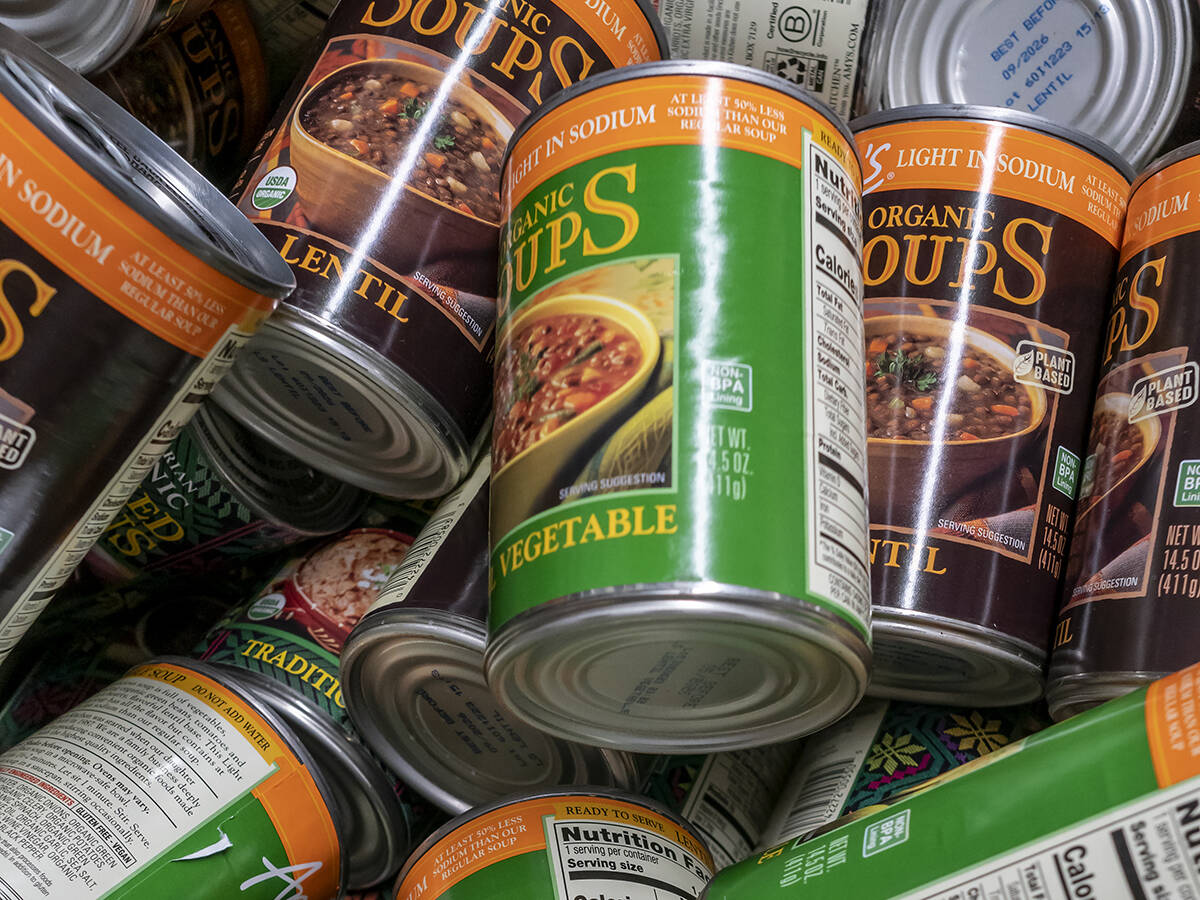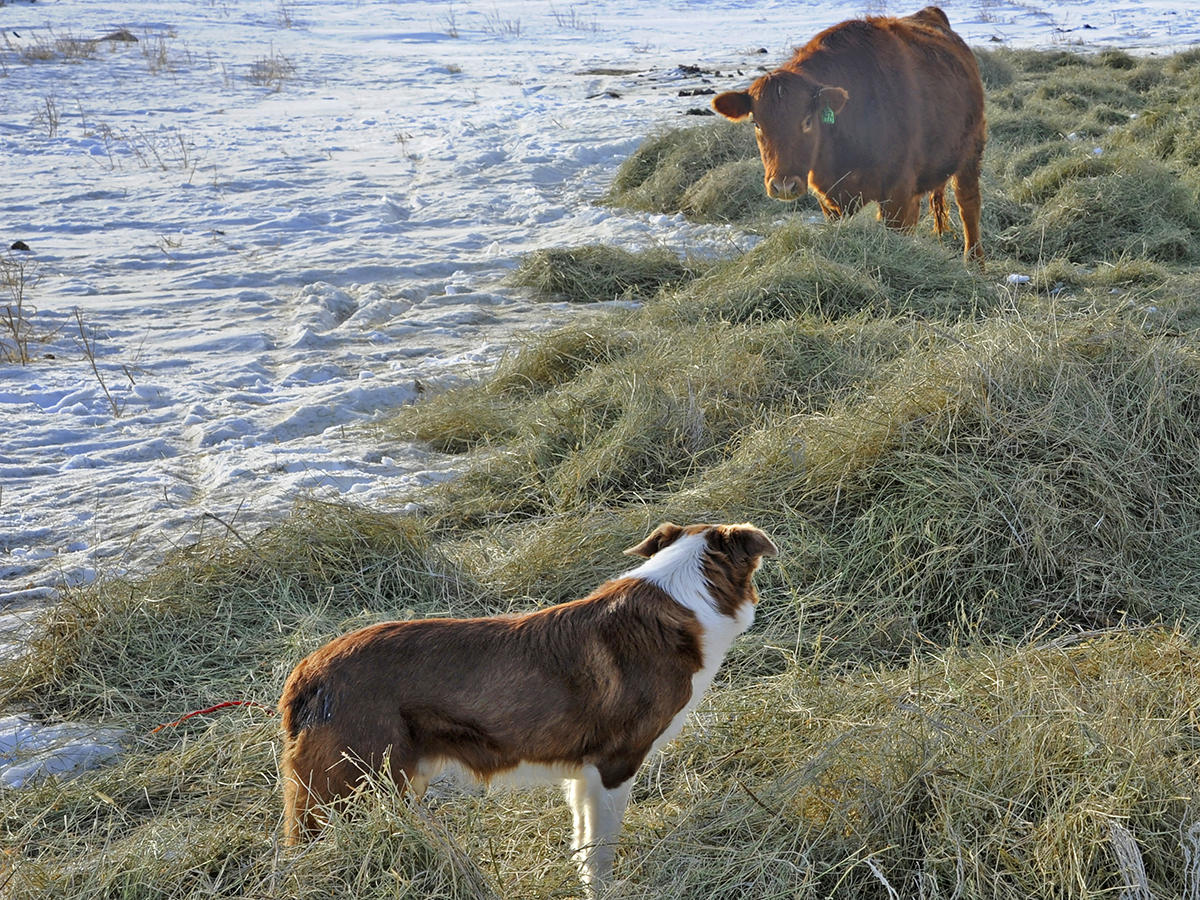Canadian cattle producers can expect new traceability regulations this spring.
Canadian Cattle Association chief veterinary officer Leigh Rosengren told a recent webinar that the new rules, which the federal government consulted on two years ago, are to help prepare for disease outbreaks. She expects they could be announced by May.
The changes will include reducing the movement reporting period from 30 days to seven and premises identification for animal movement.
Read Also

Sustainable food has ‘lost all meaning’: prof
That marketing strategy is deader than a doornail, says a University of Guelph professor who specializes in consumer preferences and perceptions of agriculture and food.
She said traceability is currently a book end system where the animal’s origin and final destination are known but not where it has been in between.
Adding premises identification requirements will track the animal through move-in reporting.
The shorter reporting period is specifically due to foot-and-mouth disease concerns.
“Thirty days is simply too long,” Rosengren said.
“It does not give us an ability to get our arms around where infected animals could possibly have moved since they were infected.”
The regulations will also expand to include all potentially susceptible species, including sheep, goats, cervids and pigs and farmed wild boar.
“I know there’s always reluctance when we see additional government regulation, but this enhanced traceability system really has been designed to ensure that we would be able to rapidly respond in an effective manner to a foot-and-mouth disease incursion,” she said.
On-farm biosecurity is a verb, Rosengren said. It encompasses the things producers are doing to prevent and reduce risk of disease on their farms.
“I honestly cannot think of an infectious disease with a higher consequence, both for the herd that’s potentailly affected itself, as well as for our national industry, than foot-and-mouth disease,” she said.
The regulatory response would be strict and international trade would stop.
Canada currently enjoys FMD free status without vaccination and wants to retain that. She said biosecurity practices are similar to occupational health and safety, in that it is a culture adopted on a farm.
There are daily practices, practices implemented if a known case puts a farm at risk, and then the practices for an infected farm. These apply to animal health, animal movement, a group collectively known as fomites, which includes people, vehicles, equipment and tools, and then education, planning and recording.
Producers should know how they would adjust to each stage. For example, if a farm finds itself in the risk category, can the producer set up temporary hospital pens? If it is infected, is there a place to put dead stock?
Beef producers who think they have a closed herd or farm usually don’t. Is there a gate at the end of the driveway? Can people and animals be isolated from cattle? Could cameras be put in the hospital pens so people don’t have to be in them constantly?
Rosengren said the basic pieces of biosecurity have to be elevated through the stages.
The Animal Health Emergency Management handbook developed by Animal Health Canada is a good resource to put proper procedures in place.
For animal movement, most people think of biosecurity as keeping things out, but it also could be keeping a disease contained. What wildlife, farm dogs and horses have been in with the cattle?
In terms of fomites, the CCA currently recommends producers not host international tours until there is more information about FMD in Europe after the recent outbreak in Germany.
Rosengren said producers should assess which equipment they share, and wash and disinfect trucks between loads as much as possible.
She pointed to the outbreak of highly pathogenic avian influenza in American dairy cattle.
“When they did an epidemiological investigation to try and understand how this was spreading, it’s shocking,” she said. “Most of the herds, even despite knowing what was going on and knowing it was in the neighbourhood herds, it was spreading because they were sharing staff, because they were sharing equipment.”
She added it’s easy to be complacent, but this was a new and emerging disease and producers chose not to protect their cattle’s health.
There are resources available from Verified Beef Production Plus, Beef Cattle Research Council and the Canadian Food Inspection Agency.
Contact karen.briere@producer.com


















